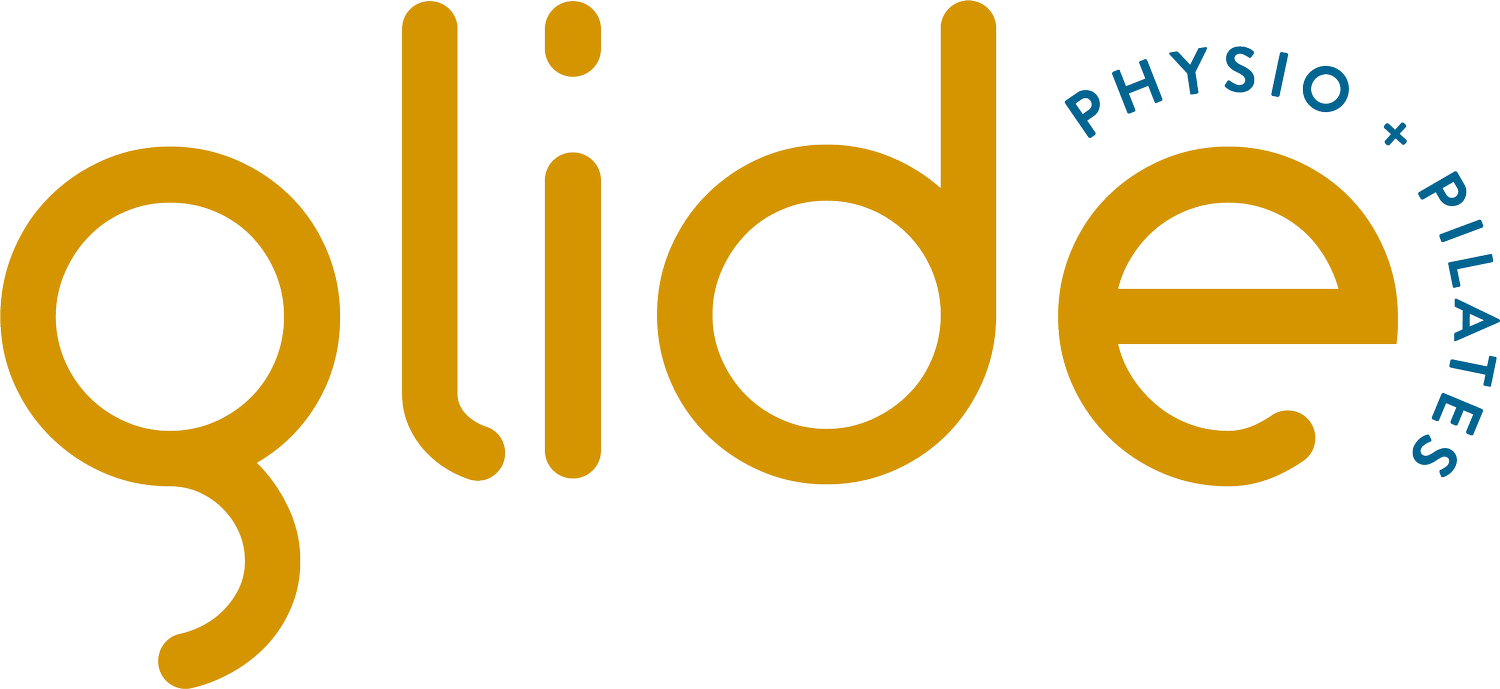WOMEN’S PELVIC HEALTH SERIES - 2 anatomy & physiology
Anatomy n. The science of the bodily structure of animals and plants.
Physiology n. The science of the functions of living organisms and their parts.
How much do I need to know?
A basic understanding of human biomechanics helps you tune into, improve & maintain the state of your pelvic health. The changes that come with different life stages can be confronting, and sometimes we miss or ignore the signs that our body needs attention or something is wrong – for example, prolapse, incontinence, STIs and other infections, or pain associated with pelvic muscle tightness
Knowing your pelvic anatomy – the placement of bones, organs and some key muscles – helps you become fully aware of what’s ‘normal’ for you.
Understanding pelvic anatomy & physiology also improves mind-body connection – the passage of information from brain to nerves to muscles, and back again – when you exercise. This is how you consciously begin to change the habits in your body. The benefits of education on your exercise include:
contract and relax the right muscles at the right time
facilitate correct breathing patterns
know when your pelvic floor feels supportive and strong compared to strained and overloaded
manage exercise loads effectively, to prevent strain over time to pelvic structure integrity (not overly stressing pelvic organs with increased intra-abdominal pressure – breathing well is part of this).
We offer physiotherapy (assessment, management & treatment) and clinical Pilates for pelvic health including prenatal & postnatal, injury rehabilitation and more.
Book a consult with Ellie here.
Now, read on for a short and sweet anatomy lesson on your pelvic bones & organs.
What actually is a pelvis?
The pelvis is a basin-shaped structure where your spine, abdomen and thigh bones meet, protecting the organs of your lower belly. It transmits the weight of your body when you walk, run, twist, lift, throw, jump and bend. And it’s the base of the lovely vertebral column that protects your central nervous system.
Is my pelvis just one solid bone?
Nope! There are a few different bones (lumbar spine makes a diagram cameo for reference):
Pelvic Bones
Ilium bones (the “hips”) – There are 2 of these. The highest part of each ilium is the crest you can feel at the back of your body; these arc up to the left & right of your lumbar spine. Each ilium curves around and down toward the front of your body, meeting at the pubic symphysis (yes, you have a total of 2 “pubic bones” although they’re sometimes referred to as one).
Sacrum – A very strong triangular(ish) bone below your lumbar spine. Your ilium bones sit either side of the sacrum, which has about 5 vertebrae fused together.
Coccyx – The tailbone. Another 3 fused vertebrae that continue down from the sacrum with a lil curve.
There are, like, so many muscular and fascial connections that congregate at your pelvis – from your ribcage, sternum, spine & thighs (and even your shin bone!) – that science had to name a few key parts of the ilium.
Bony landmarks of the pelvis
Each ilium has:
an iliac crest (the big rounded part of the bone to the side of your lumbar spine)
anterior superior iliac spine (ASIS: the stick-out bony upper front part of the pelvis) & anterior inferior iliac spine (AIIS: below the superior one)
pubis (pubic bone) and
ischium (bum bone).
So my pelvis has joints?
Sure does! There are five joints, not including where your lumbar spine meets the sacrum.
Joints of the Pelvis
L/R Sacroiliac Joint (SIJ) – The back part (posterior) of each iliac crest meets the sacrum – a solid triangular bone that articulates with the base of your lumbar spine – to form the sacroiliac joint.
The Pubic Symphysis – Your two pubic bones meet to form the lower front part (anterior) of the pelvic basin, known as the pubic symphysis. When you look at pictures, it’s hard to see the gap between these bones and it is, indeed, almost imperceptible. But it can cause all kinds of mischief when your inner thighs or pelvic floor are grumbly, as these muscles have attachments near or on the pubic bones.
L/R Ball & Socket Hip Joint – The rounded head of your thigh bone (femur) fits nicely into the hip socket (acetabulum). While you’ll often hear that this joint is “built for stability”, which is true, it also has the capacity to flex, extend, and rotate inward and outward, meaning joint mobility is also up there on the list of your pelvic health priorities.
What actually are the pelvic organs?
OK, there are more bits considered “organs” than you might have thought. Here’s the list.
Reproductive System
Ovaries & Fallopian Tubes
Uterus
Cervix
Vagina
Vulva
Clitoris
Digestive System
Rectum
Anus
Filtration System
Bladder
Ureters (from kidneys)
Urethra
How many muscles attach to my pelvis?
Omg what a beast of a question. But we have answers for you!
Come with us to the next article, where we chat about your pelvic muscle “groups” – gatherings of muscles & fascia that work in tandem to move one or two of the same joints, share nerve & blood supply, and sometimes connect to bone through the same tendon.
This series is a collaboration with Aleenta Health Club and their awesome writer Ellie Crozier.
Up next
Pelvic Health: Which muscles do I really need to know about?
Previous
Happy reading!





